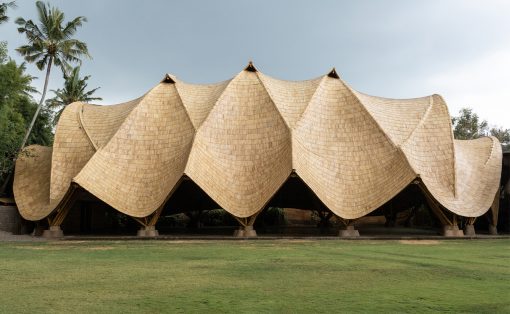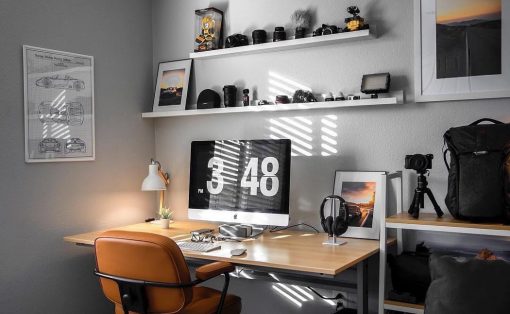
There are pieces of furniture that serve their purpose in your living space even if they’re not always that well-designed. Then there are those that you don’t really understand what they’re for but they’re just so pretty or fits into your aesthetic that you just know you need to have them. Of course if those pieces are also sustainable and eco-friendly, that’s a great bonus. Well, it would also be great if they can actually do what they’re supposed to do while looking pretty and saving the earth.
Designer: Nendo for Paola Lenti

Italian furniture brand Paola Lenti unveiled their collaboration with Japanese design firm Nendo at the Milan Design Week. The Hanara-shi series of furnishings and complements look like art pieces at first glance. Their shapes and designs are inspired by Japanese culture of course, specifically the cherry trees that are starting to be in full bloom in Japan right now. There’s also some inspiration from ancient samurai armours if you look closely at the fabrics and patterns.



While their colors are really attractive and eye-catching, I couldn’t figure out at first what they were supposed to be. But upon closer inspection (of the photos and the website), there are suspended lamps, baskets, floor lamps, armchairs, and poufs/ottomans included in the collection. The fabric used is Maris mesh which is recyclable and made from 100% polypropylene waterproof material. Unlike other furniture which starts from the design, this one started from showing the fabric that they will be designing and that’s when the ideas started to flow.



Since the material is rigid, marbled in colour but textured, flexible, and malleable, they were able to fold and wrap them on themselves to create this line of products. There are of course welded elements to put them all together but the main star of this Hanara-shi series is definitely the fabric and how they designed it to create these pieces of furniture. The upholstery and inlays used are also recovered cutoffs from previous processes so you can say that not only are they beautiful but they’re also friendly to the earth.









